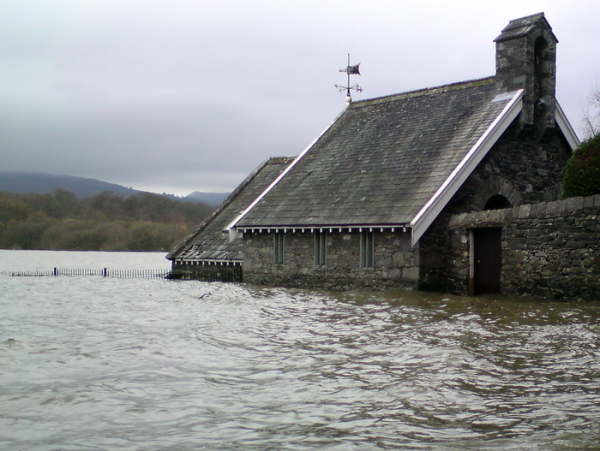More of us are vulnerable to the effects of flooding than ever before due to changes in climate, land use, infrastructure and population growth in recent decades. It is, therefore, crucial to accurately predict flood frequency and severity to reduce physical and economic losses.
Conventional analysis of flood frequency assumes that flooding follows historic patterns, and the methods used often do not take into account changing conditions such as climate change, river regulation, and land cover variation. This creates a higher risk of underestimating the frequency and severity of floods and designing less resilient infrastructure.
In a recent study published in the Journal of Hydrology, researchers from Xi’an Jiaotong-Liverpool University, China; Chung-Ang University, Korea; and the University of Liverpool, UK, proposed that an alternative method is more appropriate for analysing flood frequency in a changing environment.
Read More: Xi'an Jiaotong-Liverpool University
Flooded lake house, Keswick, Cumbria, UK. (Photo Credit: Gavin Lynn)


